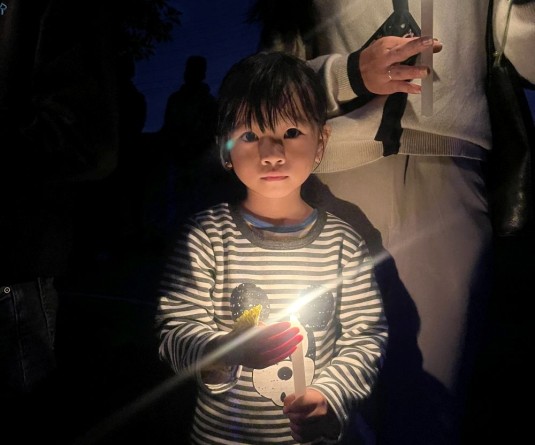
Our Correspondent
Kohima | July 8
A number of recommendations and suggestions have emerged after brainstorming sessions on different issues concerning disaster risk reduction at the two-day interactive workshop on “Disaster Risk Reduction (DRR) in the context of Climate Change” which concluded on Friday at Capital Convention Centre, Kohima.
Thematic group-1: The topic “Opportunities for community centred strategies in Nagaland” recommended formation of Village Disaster Management Agency (VDMA) in all villages on the ground across Nagaland state. It suggested that 4% of VDB funds should be set aside for disaster management and DRR. It also called for awareness creation, building risk profile of the community, identification of risk hotspots, community risk management planning and participatory community risk assessment.
Thematic group-2: The topic “Towards urban risk reduction in Nagaland” underlined earthquake, landslide, fire, high-speed wind, cloudbursts, and accidents as hazards in urban areas in Nagaland. The vulnerable group includes poor, sick people, children below five years, old people, person with disabilities and unpreparedness.
It recommended strict implementation of building byelaws. This group also suggested setting up of urban disaster management cells, proper disposal of waste, need for continued capacity building.
Thematic group-3: The topic “Data/information and knowledge information on DRR” suggested that apart from nodal department- soil & water conservation, other departments like forest, rural development, land resources, agriculture, ICAR, planning and coordination, GIS cell and geology & mining must also be incorporated.
It suggested that department of soil and water conservation should collect data and give it to NSDMA for further analysis and dissemination of the data.
Thematic group-4: The topic “Emergency mass disaster response strategy and Standard Operation Procedure(sop) for departments and agencies vis-à-vis DRR” stressed on the need to build better response capabilities by improving the victims’ reaction to disaster. It called for awareness creation through church platform.
It recommended introduction of a chapter on DRR Post Trauma awareness in school syllabus. Other recommendations include: ear-marking safe zones, blood- profiling in the district, inter department SOPs to be streamlined, integrated risk assessment plans and risk mapping be drafted by multi agencies, field assessments to be made first to devise local response plans.
Nagaland Chief Secretary, Pankaj Kumar in his closing remarks said the government has taken note of the various suggestions and inputs that emerged from this workshop and would see that disaster preparedness is done in a better way. Also stating that community involvement is essential, he stressed on the need to sit and interact with them.
Sushil Ramola from IMI and Amba Jamir (SDFN) highlighted the reflections of workshop recommendations and ways forward.
Later in the evening, as a follow up to the discussions held during the workshop, Chief Minister TR Zeliang held another discussion at his residence with the participants and stakeholders attending the workshop.
A press statement from Media Cell, CMO said the discussions centered on the need to take forward issues of risk financing and insurance. While an appropriate model needs to be worked out to cover all the villages in the State, it was decided that with the support of the State Government and involvement of NECTAR and Micro Finance Academy, a small pilot project could be taken up which could be up scaled further to include other areas.




